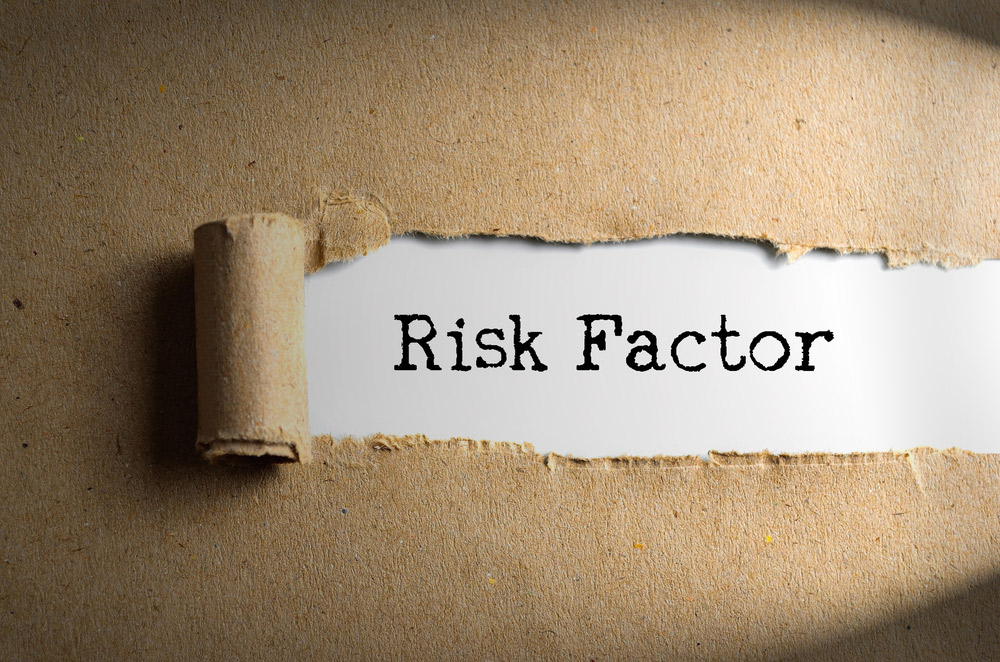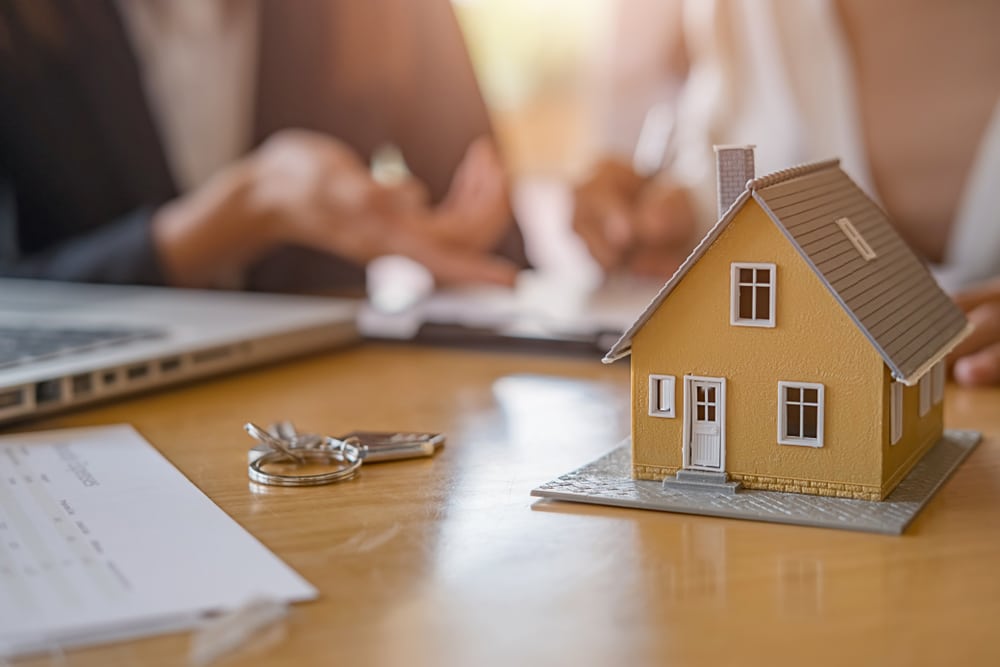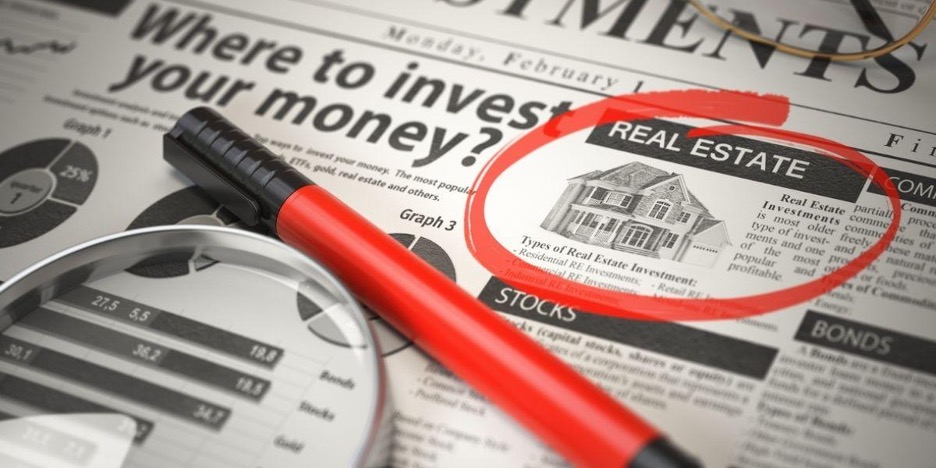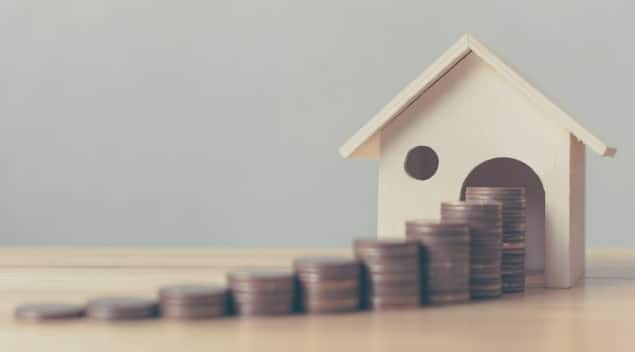
How Lenders Assess Valuation Risk Factors When Financing
Ever thought you’d picked an absolute winner of a property only for the bank to come back with a list of valuation risk factors?
It’s more common than you think, particularly in a rising market where values fluctuate so much that our ideas of what a property is worth actually start to disconnect from what a valuer sees.
Now, there are a lot of considerations a lender will make when determining whether to give you a loan or not. Obviously, your personal finances like your income and outstanding debts matters greatly, but banks are also heavily concerned about risk – and valuation risk factors can really change how they choose to finance you.
Remember though, while valuations can be a challenge, they aren’t the final word on what happens with real estate. As a property investor, it’s your job to determine if and how that property can grow in value.
Don’t start missing out on great real estate because the bank has deemed there to be valuation risk factors. You need to be in the market to benefit from it.
WHAT IS A VALUATION?
In the real estate industry there’s this little phrase – There is God, and then there are valuers. As a property investor you need to understand why valuation risk factors matter in your ability to borrow.
Essentially, a real estate valuation is an unbiased report that details what a property would be worth in the market.
The person conducting the report – the valuer – is usually outsourced by banks and lenders to independent companies so that it remains impartial.
A valuer cares only for history. Their role is to look back and determine what was happening in previous markets. Think of them as living three to six months in the past at all times. By nature, they are very conservative when it comes to risk.
The most important thing you need to remember about a valuation is that it is tied only to lending, so as property investors, we are likely to need them in order to obtain finance. The final number given by the valuer advises the bank or lender how much they could allow you to borrow.
Of course, this doesn’t mean that the final sale price will align. The market is influenced by so many other factors and there is no way to know how much a vendor or seller could get for the property. However, they are the most accurate way to determine what a piece of real estate is worth.
For a more in-depth look at how you can value real estate yourself, this is an awesome podcast to check out: how to value real estate.
THE 8 VALUATION RISK FACTORS LENDERS LOOK AT
Lenders rate each factor on a scale from one to five. They then make their finance decision based on both your personal situation and the property valuation risk rating you get.
1. Location
Is the property in a highly desired location? Is it close or far away from amenities?
Naturally the closer a property is to key amenities such as employment hubs, transportation and quality education, the better the rating that suburb will receive.
Choosing a fantastic location is crucial for property investing success. Working with a property coach or strategist will help you narrow down the best areas to buy in that work for your budget.
2. Environmental
Properties in areas prone to natural disasters such as flooding and bush-fire zones will always rate as a higher risk.
It’s also generally harder to get comprehensive insurance in these suburbs which is something to factor in beforehand.
3. Improvements
Newer properties typically rate better than older or more established ones, however if a property shows signs of good maintenance over the years, and improvements have been finished to a good standard, it can still attain a good rating.
4. Land size
Certain land-ownership issues such as zoning, title, and access can impact the marketability of a property.
Lenders want to be assured that each of these factors are satisfactory and that no outstanding problems will arise that could impact your investment.
5. Volatility
A lender wants to know if that market is more subject to volatility. For instance, an inner city unit might be deemed more of a high risk property if there is a lot of oversupply in the market.
6. Expected future value
Lenders tend to ask valuers about what’s going on in the market and where it appears to be headed.
Basically, they want to know if they can expect a reduction in value in the next two to three years based on all these other valuation risk factors.
7. Local economic conditions
Single-market economies where there are very few employers and/or where the employers are in a high turnover industry (e.g. mining or tourism) will rate as more of a risk than places like major cities where there are a number of employers in a diverse range of industries.
8. Market sector
Finally, lenders want to know where that property lies in terms of saleability and whether they will be able to recoup their costs should the need to sell arise.
HOW TO AVOID BUYING A HIGH RISK PROPERTY
Each of these valuation risk factors determine the position and quality of your property in the eyes of the lender or bank.
A property valuation risk rating of four or five is considered to be relatively poor security for banks, which means there is a chance the bank will limit lending or not even lend at all.
Of course, we don’t want that! So how do you avoid buying a property lenders would consider high risk?
Well, the most obvious one is buying in a good location.
There are so many things to consider when it comes to location which is why you should never a) choose location based on preconceived ideas, and b) pick a location without doing a tonne of due diligence first.
Here some quick tips when picking a location:
- Avoid buying on main roads – the noise and traffic will boost your risk rating
- Similarly, avoid properties that back onto train lines or are right next to an airport
- Buy near good amenities like transport, schools and cafes
- Avoid locations that already have an oversupply of real estate
- Don’t buy into suburbs with high vacancy rates
The other factor you want to consider is whether or not it appeals to the majority demographic in that area.
Above all, you want to make sure you’re buying into an owner-occupier suburb – not an investor suburb. If the percentage of homeowners is higher, it’s likely to be a safer investment.
That’s because owner-occupiers like to think long term, so they won’t get up and leave their home in a crisis.
MAKE SURE TO DO YOUR COMPARISONS
A good place to start when you’re considering a purchase is to look at what you’re comparing it to. You can do that in three ways:
Compare the place
We often see the comparison of property when it comes to regional versus city.
City real estate is naturally more expensive to buy and smaller in land size, while regional real estate is cheaper to purchase with a lot more space inside and out.
However, you need to compare what both places can do for you. City apartments for example attract higher rental yields and higher occupancy rates, making them a big win for increasing cash flow and creating quick income.
Regional properties often fetch lower yields and are at this moment going through longer vacancy periods thanks to coronavirus pushing people to live in places where they work.
Compare the infrastructure
Real estate needs some fundamental factors that will not only increase its capital value but also attract good rental rates. One of those things is infrastructure.
Good infrastructure opportunities like new roads, public transport and power facilities don’t just make an area more attractive to live in, but it also creates jobs – which means more income in the area.
While the property you’re looking at might seem like a steal, if it isn’t supported by good local infrastructure, the area won’t develop and grow and over time people won’t want to live there.
Compare the place economy
A place economy is an area that is attracting wealthy people – not only to live there but to socialise and be seen there.
Bondi is a classic example of this. Bondi itself has become a brand that the whole of Australia knows about. People want to travel there, live there and spend their time there.
So if the option is to buy a huge $1 million house in the countryside where no one lives and it’s an hours drive for a decent cup of coffee, compared to a two-bedroom apartment in Bondi for the same price, wouldn’t you go for the one where you’re likely to get better and more consistent returns?
THERE’S NO RISK TO VALUATIONS IF YOU CHOOSE THE BEST REAL ESTATE
Valuations and valuation risk factors shouldn’t be a factor of concern if you’re smart about where and what you buy in the real estate market.
Once you get the hang of property investing you’ll instinctively understand which properties will return lower risk ratings and which ones are more likely to get knocked back by lenders.
As we know the best way to learn is by connecting with the experts who know this stuff inside and out. Meet the best in the business at our next free property investing masterclass. Our real estate coaches have over 20 years experience helping investors make smart, informed decisions, helping them create million dollar portfolios to get them on the path to financial freedom.
Recent Articles
Investment Property Financing – Comprehensive Guide 2023
You won’t get very far as an investor without the ability to secure credit. Understanding how to...
Ultimate Property Investment Strategy Guide 2023
Which Property Investment Strategies Will Make You Money? Building your property investment...
How to Build a Property Portfolio with $100k or Less
Starting your property investment journey can seem daunting. There’s lots to research and plenty...
How To Develop Good Financial Habits That Lead To Wealth!
Good financial habits are the basis to creating wealth. Building financial freedom is not something you learn overnight, it takes time and a foundation of solid habits that you perform day in and day out.
The 7 Plans Every Property Investor Must Know To Succeed
When it comes to property investing as the saying goes, if you don’t have a plan, then you could be planning to fail! While there are many factors we can’t control in the market, there are certain facets we can manage to give us the best possible chance of success. In this article we will help you understand the 7 plans every property investor must know.
The Truth On How Many Investment Properties You Need To Retire
Using real estate to create financial security for the future is a popular option for many Australians, however it can be tricky to know how many investment properties you need to retire to get the outcome you desire.
What Is The Best Type Of Property Investment?
When you strive to learn everything you can about investing in property, you increase your chances of creating generational wealth! The best type of property to invest in is dependent on a number of factors about the investor and their real estate strategy.
The Property Investment Basics That You Need To Know
Real estate has the potential to become your main vehicle for creating wealth, but only if you take the time to learn some crucial property investment basics to set you up for success as an investor.
Retirement Planning Tips For Property Investors
It’s the Australian dream – the clock ticks 65 (or earlier) and off you sail into the sunset of retirement to live out the rest of your years stress-free. Sadly, for some, this will remain nothing more than a dream with the drastic cost of living rising and no plan to cover the shortfall.












